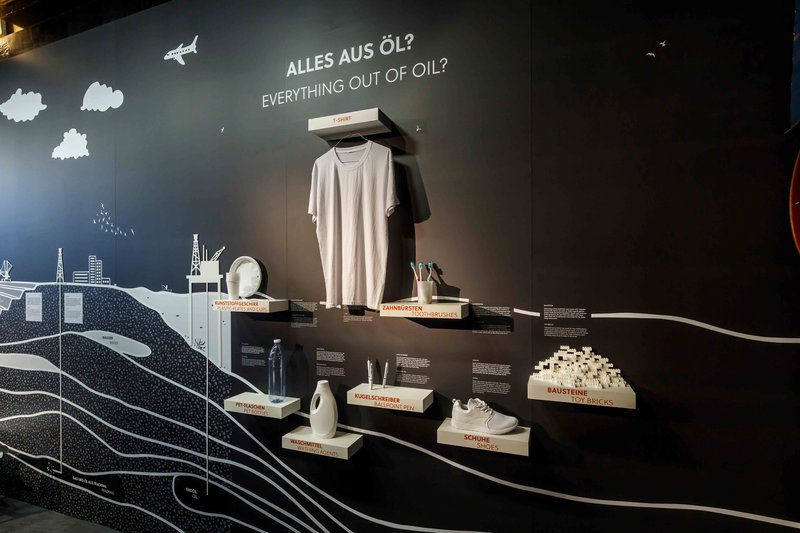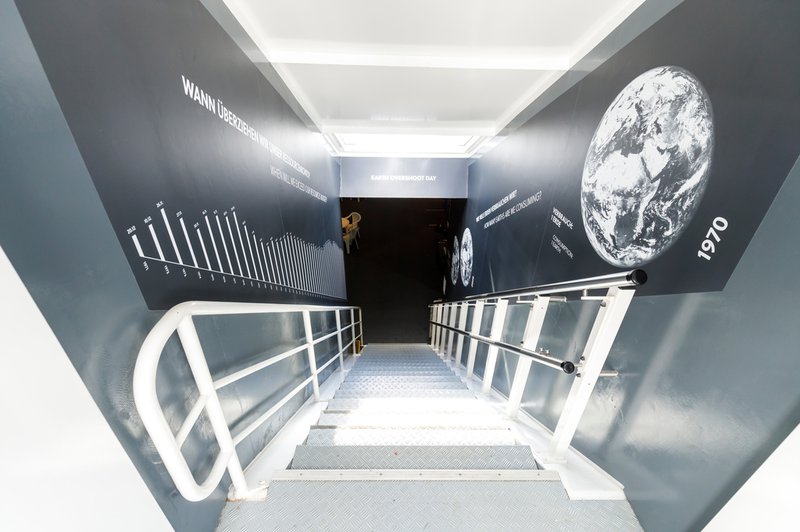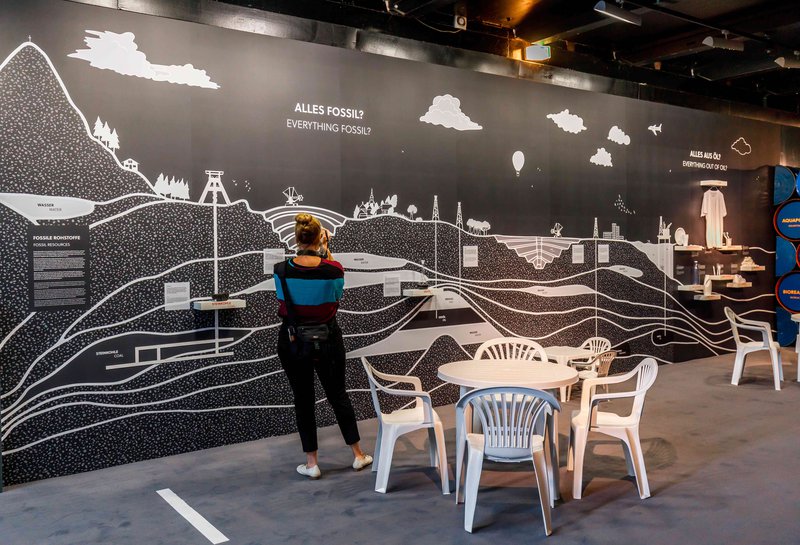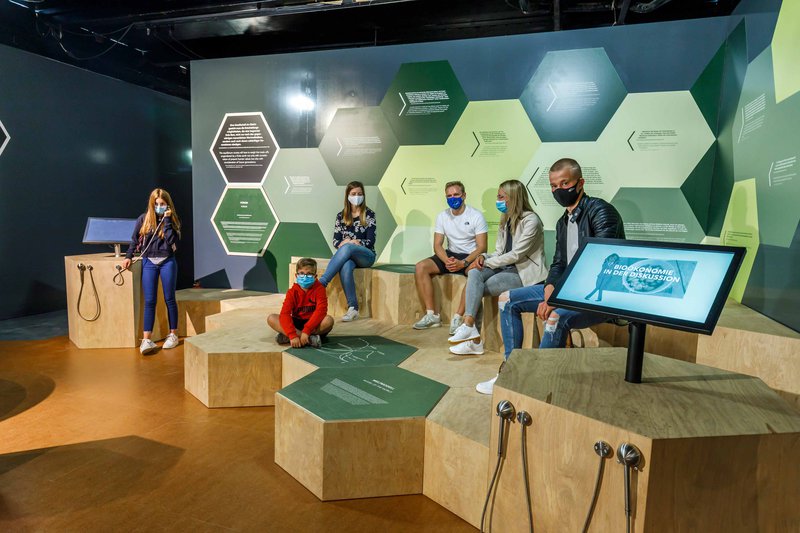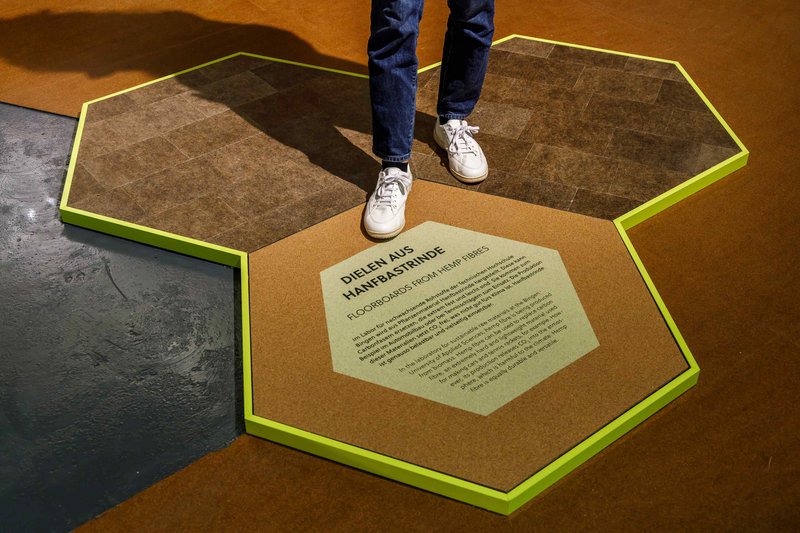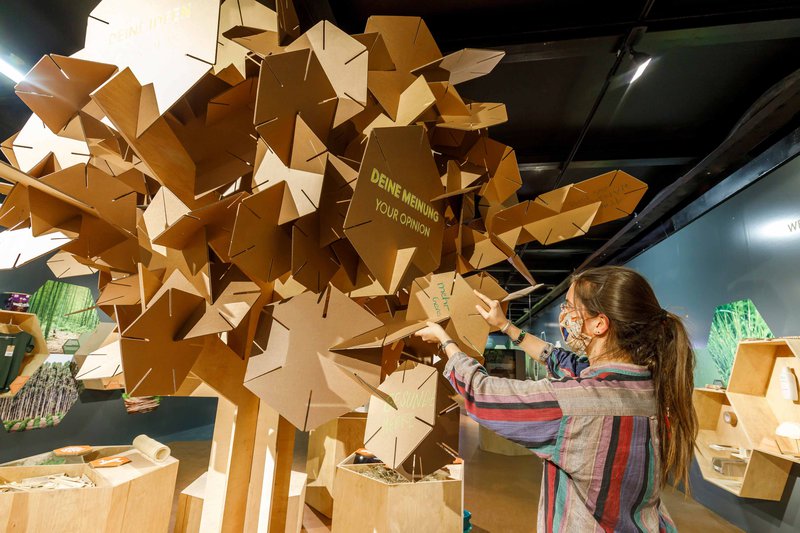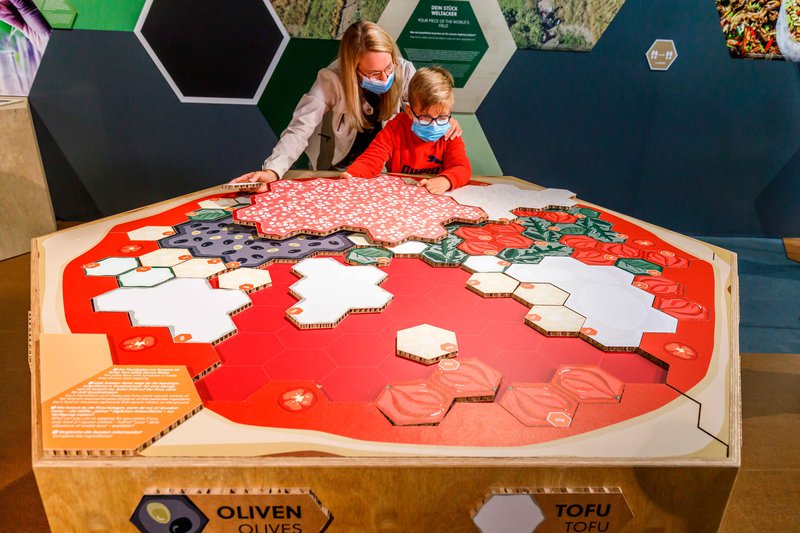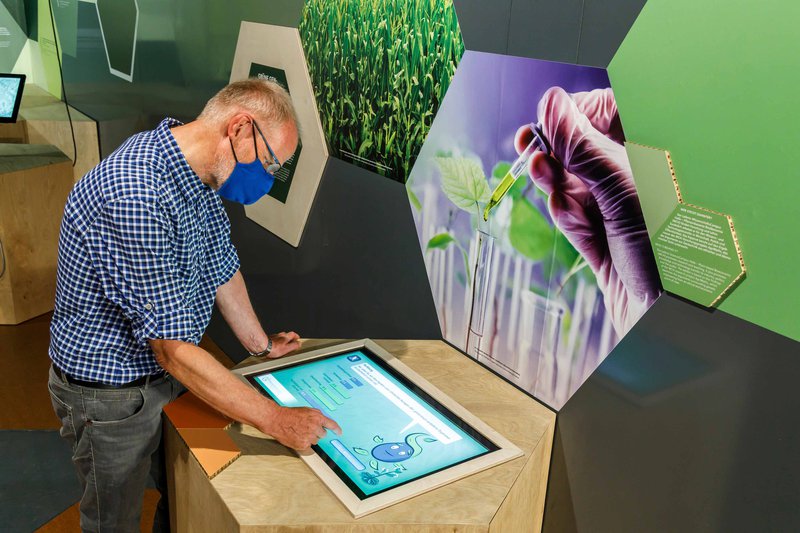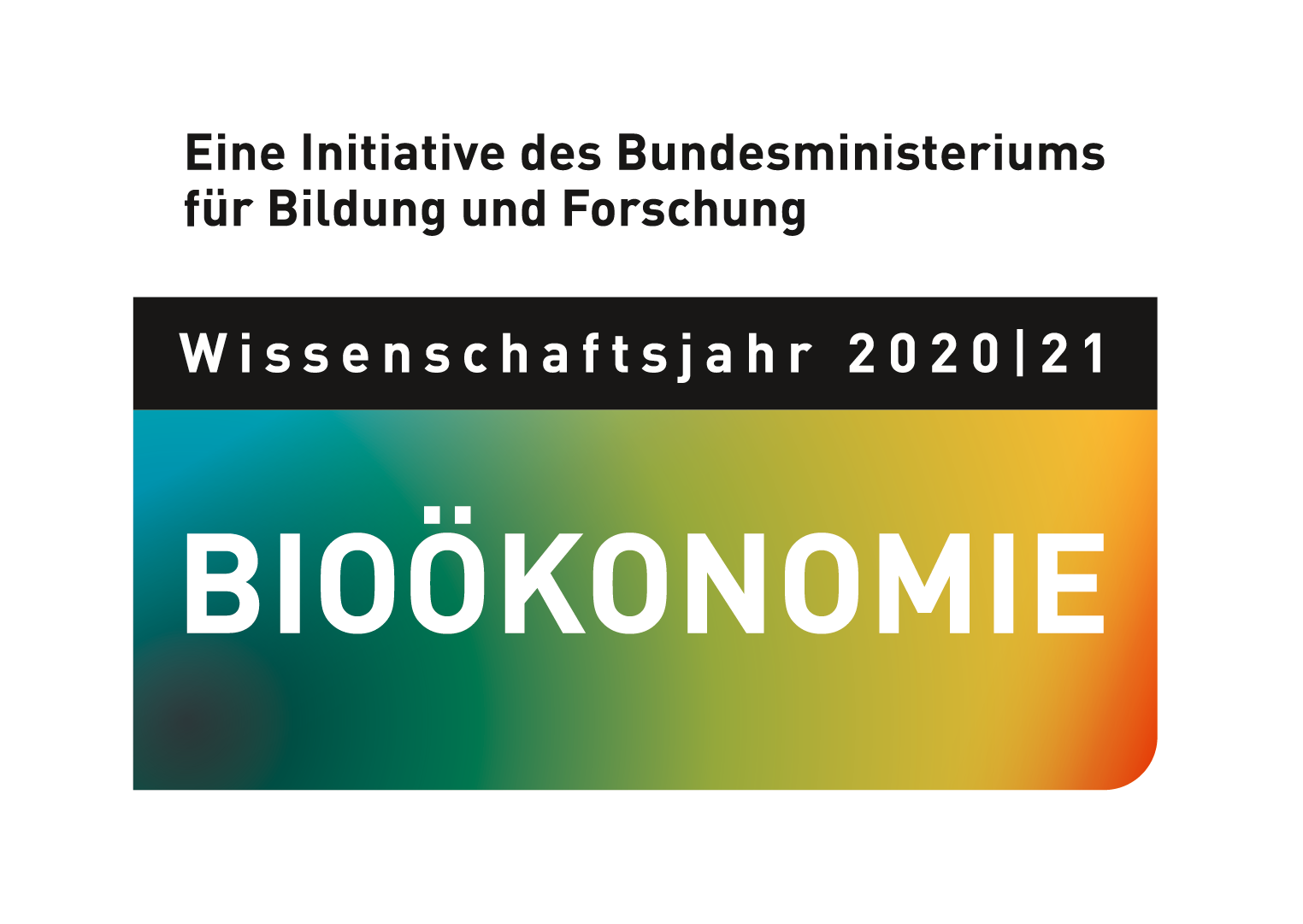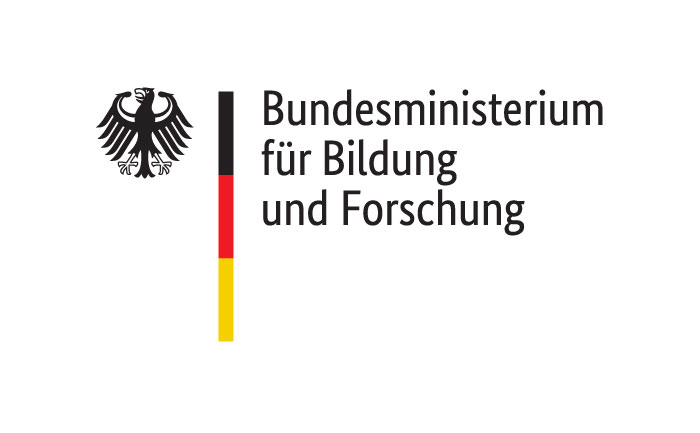Washing agents
We throw our dirty clothes into the washing machine. The active substances in the washing agents we use are called tensides. They ensure that the fat and dirt on our clothes dissolves in the water. But most tensides are made from oil. They are not biodegradable and can damage water organisms.
T-shirt
Many of the clothes we wear are made from materials like polyester, elastane, nylon or acrylic. All of these artificial fibres are made from oil. They are not biodegradable.
Shoes
Shoes also contain synthetic materials. The heels are often made from polypropylene, and synthetic leather contains polyurethane. Neither of these materials can be recycled. If the shoes containing these materials are burned, dangerous chemicals are released and if they decompose in rubbish dumps this produces toxic substances.
Ballpoint pen
We all know the synthetic material polystyrene from Styrofoam. But did you know that it is also used to make ballpoint pens? Because it is such a durable material the pens rarely break. The downside is that it takes 2,500 litres of oil to produce a ton of polystyrene.
PET bottles
We take our empty plastic bottles to the bottle deposit machine. Experts call these returnable bottles PET bottles. PET stands for polyethylene terephthalate, which is made from oil. It takes as much as 0.3 litres of oil to make one 75 ml PET bottle.
Toothbrushes
Cleaning your teeth is a good and healthy thing to do. But are toothbrushes good for the environment? Not really. The polyamides used to make a toothbrush contain 0.2 litres of oil. Germans buy 190 million toothbrushes a year, which uses up 38 million litres of oil.
Plastic plates and cups
At parties and festivals we often use disposable plates. These are usually made of various synthetic products. When we have finished eating and drinking we simply throw the plastic cups and plates away. Because this kind of waste is usually not recyclable, it has to be burned. That’s why plastic plates and cups are increasingly being banned.
Plastic toy bricks
Interlocking toy bricks are made of very stable plastic, which means that it doesn’t break easily. It is made of a substance called acrylnitrile butadiene styrene, which is derived from oil. In 2014, the Lego company used 1.5 million litres of oil to make its toy bricks.
An exhibit from beier+wellach projekte.
